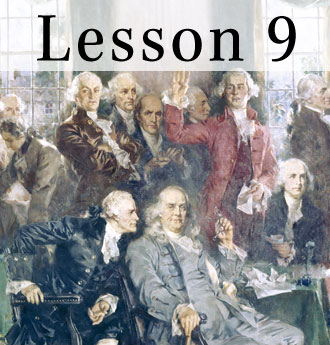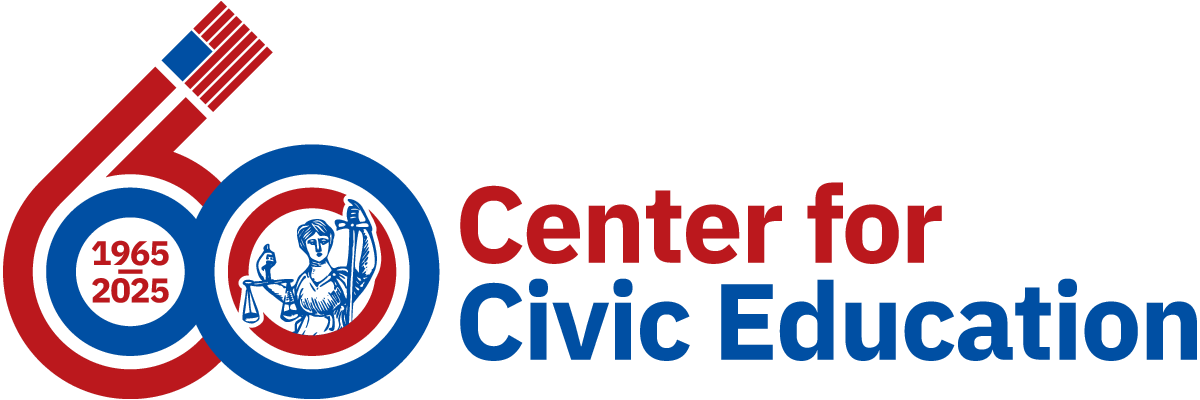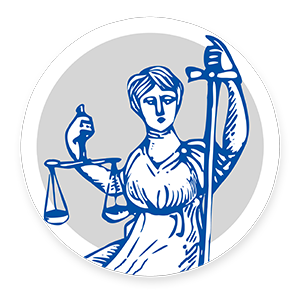
Lesson Purpose
Lesson Objectives
- describe the organizing phase of the Philadelphia Convention,
- explain the significance of rules and agendas for effective civil discussion, and
- evaluate, take, and defend positions on determining what interests should be represented in a constitutional convention and the advantages and disadvantages of secrecy in governmental deliberations.
Lesson Terms
Lesson Biographies
Lesson Primary Sources
The Virginia Plan was presented by Virginia delegate Edmund Randolph to the Philadelphia Convention on May 29, 1787. It provided for a national government composed of three branches. It proposed a Congress of two houses, both of which would be based on proportional representation. The Virginia Plan favored a strong national government.at the Philadelphia Convention that provided for a national government composed of three branches. It proposed a Congress of two houses, both of which would be based on proportional representation. The Virginia Plan favored a strong national government.






